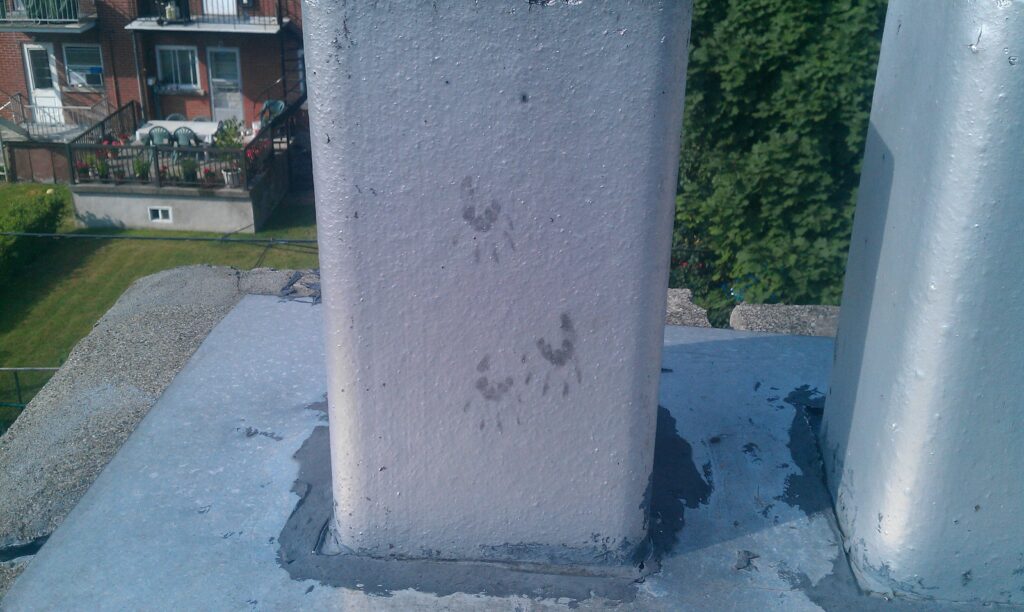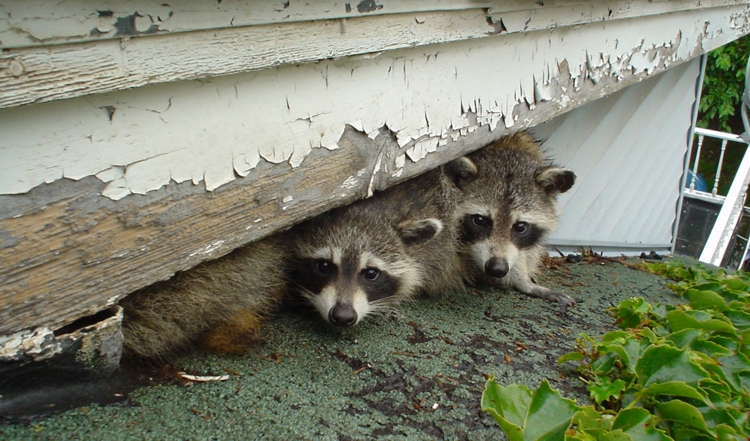Raccoons are readily identifiable by sight. Everyone recognizes their mask and ringed tail. Raccoons, also commonly known as trash pandas and night bandits, are nocturnal creatures. You may not see a raccoon before you hear one, but identifying a raccoon by sound can be difficult. If you’re wondering what raccoons sound like, learn more about these pests to properly identify them for proper raccoon removal.
What Kinds of Sounds Do Raccoons Make?
Although you may not think about raccoons being vocal, they are actually capable of making around 100 different vocal noises. From babies to adults, you may hear raccoons growl, snarl, purr, and snort. Babies may even mew or cry. Some of our customers have reported baby raccoons sounding like birds. When calling to each other, raccoons may even sound like a screech owl whistling. When mating, raccoons scream — it can sound as if they’re fighting. If you hear these types of noises between January and May, it’s likely that you’ll have a litter of raccoons about 63 days later. If you hear chirping or other sounds during the day, it is probably birds or squirrels because these animals are diurnal, meaning they are awake during the daylight.
What Other Sounds Do Raccoons Make?
In addition to vocal sounds, you may hear sounds of movement when raccoons are living in your attic. This might sound like rustling or scurrying. You may also hear raccoons walking on your roof. Because raccoons are one of the heavier pests that might move into your crawl space or attic, these sounds will be more distinct than a squirrel or mouse. Raccoons are also more active at night, and they are not the most gentle of creatures. They’ll go through your trash or look for a home when it’s dark rather than during the day. You may hear them knock over the lids or rustle through your trash bins.
How Can You Tell If You Have Raccoons If You Can’t See Them?
You can also detect raccoons by watching for other signs. You may see raccoon tracks in soft ground near your home where they’re getting inside. The handprint and footprint have five toes and claws, but the handprint will be longer than the footprint. Raccoon droppings are very odorous. The ends will be blunt, instead of tapered or round. You may find piles of droppings because raccoons like to go to the bathroom in the same location. Raccoon urine also smells pretty strong. Typically, in the spring, if you have a raccoon living in your attic, you should consider that it is a female with a litter of babies. Professional wildlife removal can remove the young raccoons and the mother to keep them together, and prevent re-infestation.

What Should You Do If You Have Raccoons in Your Home?
If you suspect that you have wildlife living in the attic, it’s best to call a professional for humane and safe removal. Raccoons can become aggressive when they feel threatened or cornered. Mother raccoons will be extremely aggressive in protecting their babies. Raccoons can carry rabies and canine distemper. Feces and urine are biohazards that carry bacteria and parasites dangerous to humans. Raccoons can do extensive damage to a home, from tearing up insulation, chewing through wiring, and destroying roofs. While this damage may be covered by your homeowner’s insurance, you don’t want to wait to deal with wildlife living in your attic.
Professional Removal Recommended
Skedaddle’s professional team can identify the wildlife living in your attic by inspecting your home. Professional wildlife removal technicians not only trap and remove the pests safely, but they also inspect your home for damage and prevent re-infestation. A raccoon nest must be completely cleaned and disinfected before making repairs to remove the scent. Removing one family of raccoons may solve the immediate problem, but without cleanup, another raccoon family may sense a safe habitat and move in. Contact Skedaddle Humane Wildlife Control for expert raccoon removal.



